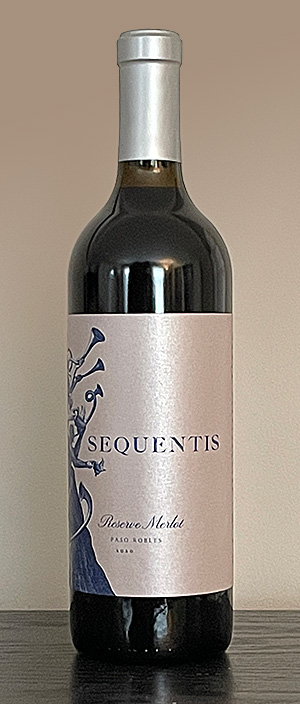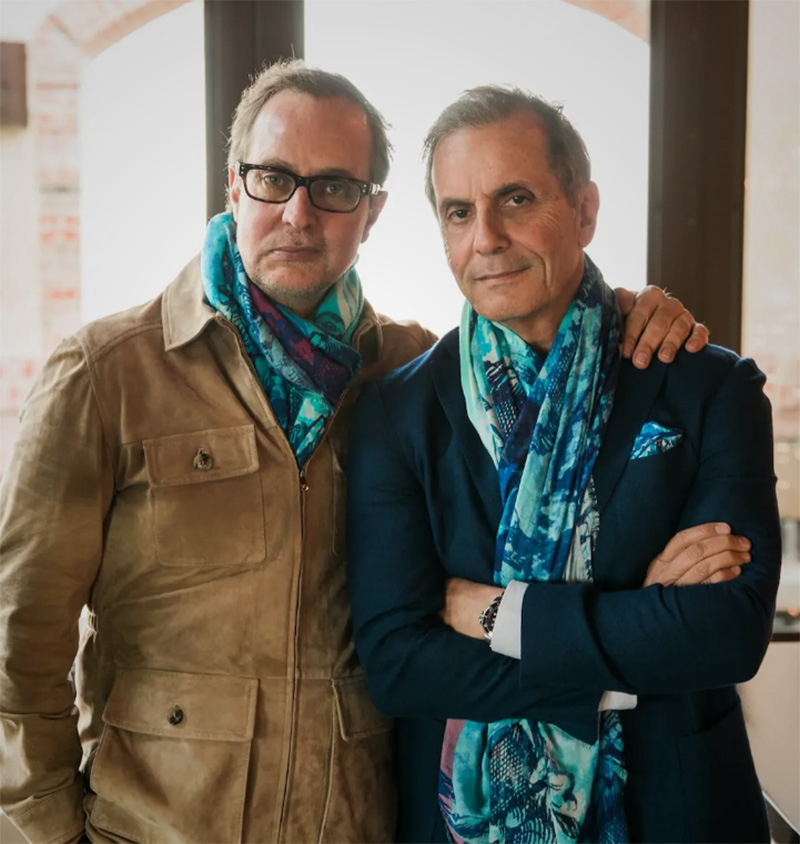
Daou Sequentis Reserve Merlot 2020
In the vast tapestry of California’s wine country, the story of Daou Family Estates stands out as a unique and compelling chapter. Born from the dreams of brothers Daniel and Georges Daou, this family-owned winery in Paso Robles has become a force to be reckoned with in the world of Cabernet Sauvignon and Bordeaux-style wines.
The Daou journey begins with a twist of fate—Daniel and Georges, originally from war-torn Lebanon, found themselves in France before making their way to the United States to pursue education. After a successful stint in the tech industry, the brothers decided to embark on a new adventure, channeling their passion for wine into creating a winery that would redefine the possibilities of Paso Robles.
What sets Daou apart is not just their winemaking expertise but their audacious decision to focus on Cabernet Sauvignon in an area known for Rhône-style blends and zinfandel. Choosing the West Paso Robles region over Napa, the brothers identified French soils and a Napa-like climate as the perfect combination to cultivate what they believed could be some of the world’s best wine.

The Daou brothers are not just vintners; they are advocates for their region. Inspired by the legendary Robert Mondavi’s role in promoting Napa, Daniel founded the Paso Robles Cab Collective, uniting local wineries dedicated to Cabernet and Bordeaux varieties.
Georges Daou, the tireless promoter, has been instrumental in shaping Daou Family Estates into more than just a winery. The expansive tasting room overlooking Paso Robles’ coastal mountains has become a destination for food and wine enthusiasts. The winery’s commitment to local history is evident in the preservation of the Hoffman Mountain Ranch and the ongoing restoration of the historic Bank of Italy building in downtown Paso Robles.
But the Daou story doesn’t stop there. The brothers’ vision extends beyond the present estate to Patrimony Estates, a new venture set to open in 2025. This destination promises 360-degree views, Michelin-star dining, and underground wine caves, showcasing the Daou commitment to elevating the Paso Robles experience.
Family plays a crucial role in the Daou narrative, with Daniel’s daughters and Georges’s fiancée actively involved in the winery’s operations. The torch is being passed to the next generation, evident in Daniel’s daughter Anna taking charge of viticultural operations at Patrimony Estates and Joseph, the youngest Daou, interning at the winery.
The Daou philosophy extends beyond winemaking to sustainability and preservation. As a certified organic vineyard, Daou incorporates sustainable practices, from repurposing cleared walnut trees as decor to planting native Lebanese varietals, Merwah and Obaideh. The brothers are on a mission to preserve the unique sites that speak to the significance of Paso Robles for future generations.
DaouSequentis Reserve Merlot 2020
This is the Daou’s first Merlot, and to distinguish it from their core Cabernet Sauvignon offerings, gave it it’s very own label: Sequentis. In the glass, the wine is very dark red, but still transparent. The nose offers up rich aromas of dark berries and cocoa. It is extra dry on the palate, with flavors of blueberry, black cherry, and leather. The black-tea tannins are well integrated, and everything wraps up with a long satisfying finish. ABV is 14%.
Note: This selection is guilty of Bloated Bottle Syndrome, which I’m calling out for bottles that weigh more than the wine they contain. The web site of nearly every winery will usually include a mention of the operation’s dedication to “sustainability” and “stewardship.” Unfortunately, this often seems only to extend to the property itself. Many “premium” wines like this one come in heavier bottles to allegedly denote quality. This one weighs in at 796 grams. (As an example of a more typical bottle, Estancia Cabernet’s comes in at 494 grams.) That’s a lot of extra weight to be shipping around the country. By comparison, the wine inside, as always, only weighs 750 grams. Even sparkling wine bottles are often about the weight of this one, and those are made to withstand high internal pressure. Unfortunately, this sort of “bottle-weight marketing” is becoming more common, especially at higher price points. But there are other ways to denote quality without weight: unusual label designs, foils, wax dipping, etc.
Plastic bottles have a lower environmental impact than glass, 20% to 40% less, in fact. And, bag-in-box packages are even less than plastic bottles. (Unfortunately, current bag technology will only keep unopened wine fresh for about a year, so they are only suitable for wines to be consumed upon release from the winery; that’s about 90% of all wine sold though.)
The carbon footprint of global winemaking and global wine consumption is nothing to scoff at. The latter, which requires cases of wine be shipped around the world, imprints a deep carbon footprint. Because wine is so region-specific, and only so many regions can create drinkable bottles, ground and air transportation is responsible for nearly all of the wine industry’s CO2 emissions.
Back to blog posts: winervana.com/blog/
